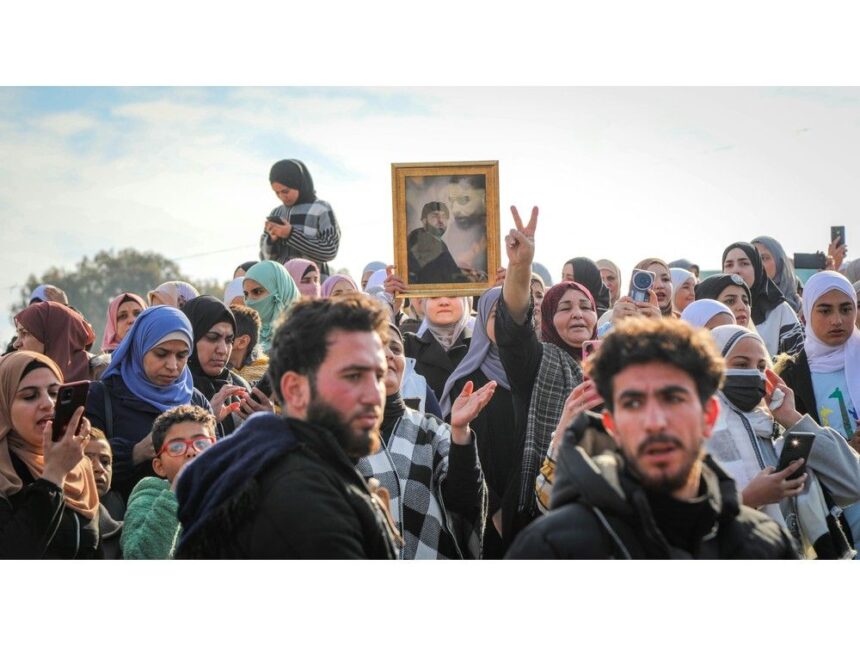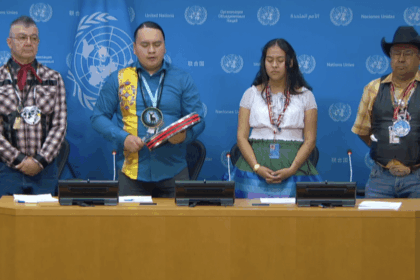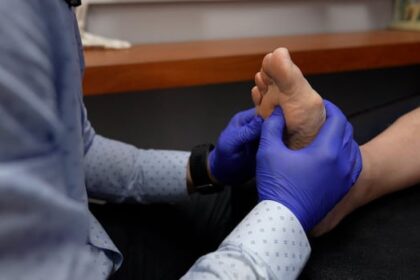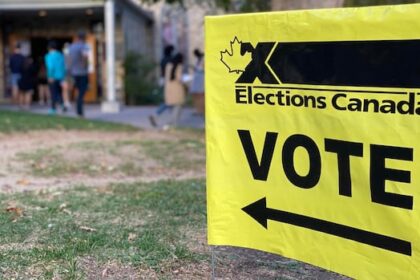Author of the article: Henry Srebrnik, PNI Atlantic Published Mar 31, 2025 • Last updated 3 hours ago • 3 minute readPeople gather at Al-Hurriya Square in Daraa city in Al-Karama after the fall of Bashar Al-Assad in Syria in December 2024. On March 10, the new Syrian regime signed an agreement with the Syrian Democratic Forces to integrate the SDF with state institutions. Photo by Mahmoud Sulaiman /UnsplashThe Islamist Sunni group Hay’at Tahrir al-Sham (HTS), along with the Turkish-backed Syrian National Army (SNA), have now taken control of Syria.Minority groups suffered disproportionately from the Syrian civil war, which began in 2011. Most of the current Syrian population are Arabs, primarily Sunni Muslims; but there are also significant minority groups, including Alawites, Christians, Druze and Kurds. These groups today represent approximately 25-30 per cent of the population, with Kurds comprising the largest group at around 10-15 per cent.THIS CONTENT IS RESERVED FOR SUBSCRIBERS ONLY.Subscribe now to access this story and more:Unlimited access to the website and appExclusive access to premium content, newsletters and podcastsFull access to the e-Edition app, an electronic replica of the print edition that you can share, download and comment onEnjoy insights and behind-the-scenes analysis from our award-winning journalistsSupport local journalists and the next generation of journalistsSUBSCRIBE TO UNLOCK MORE ARTICLES.Subscribe or sign in to your account to continue your reading experience.Unlimited access to the website and appExclusive access to premium content, newsletters and podcastsFull access to the e-Edition app, an electronic replica of the print edition that you can share, download and comment onEnjoy insights and behind-the-scenes analysis from our award-winning journalistsSupport local journalists and the next generation of journalistsRegister to unlock more articles.Create an account or sign in to continue your reading experience.Access additional stories every monthShare your thoughts and join the conversation in our commenting communityGet email updates from your favourite authorsSign In or Create an AccountorArticle contentWhile still significant, these percentages nevertheless reflect the dramatic decline of some of the communities, the Christian community, in particular: their 10 per cent of the population in 2011 now stands at two per cent. The minorities are dispersed geographically.VARIOUS ETHNIC GROUPSKurds live in the north and northeast, and Alawites in the coastal regions such as Latakia and Tartus; Christians, who are comprised of Greek Catholics, Maronites, Armenians and Assyrians, live in cities like Aleppo, Damascus, and Homs, as well as in rural areas.The Autonomous Administration of North and East Syria (AANES) has been the most minority-friendly region of Syria. It operated since 2012 with a decentralized governance model, implementing policies favouring pluralism and self-administration. It expanded its areas of control during the war against the Islamic State in particular. It is governed by local councils representing all of the ethnic groups in the region.The Syrian Democratic Forces (SDF), the military arm of the AANES, has likewise been a coalition composed of various ethnic and religious groups. Although the core of the SDF comes from the People’s Defense Units (YPG), a Kurdish unit, other groups are also represented.Article content‘THE THIRD PATH’In the early 1980s, the Muslim Brotherhood conducted the first great uprisings against the regime of Bashar al-Assad, especially in Homs and Hama. While the government brutally and successfully suppressed them, many Syrian Sunni Arabs looked at the uprisings favourably, supporting the Muslim Brotherhood clandestinely thereafter.During the same period, Sunni Arabs also consolidated their ties with their Iraqi brethren across the border. They established smuggling routes supporting their Iraqi neighbours. By the 1990s, it had led to good connections between Sunni Arabs in Syria and the Iraqi state apparatus.In this context, it is unsurprising that the Kurdish movement in Syria quickly declared their own “third path” in the opposition to Assad, separate from the Arab supremacists and jihadis filling the ranks of the opposition in 2012. The efforts of the SDF, with Kurdish YPG fighters playing a central role alongside Assyrian militias like the Syriac Military Council and Sunni Arab units, defeated ISIS.LASTING RESENTMENTBut now the new Syrian regime has reached an agreement with the SDF to integrate the latter with state institutions. Syria made the announcement on March 10 and released images of a signing ceremony featuring the Syrian interim President Ahmed al-Sharaa and the head of the SDF, Mazloum Abdi.Article contentThe deal will integrate SDF institutions into the new government, handing over control of border checkpoints as well as the region’s oil and gas fields to the central government. As well, Damascus has granted the Druze militias autonomy and permission to keep their weapons.For Christians and Alawites, the situation is more worrisome. Unlike the Kurds and Druze, many of them face Sunni Arab violence; they are seen as collaborators of the late regime. For years, most Syrians have suffered humiliation and degradation at the hands of an Alawite ruling minority, whose dominance under Assad has left an indelible mark of resentment. Gruesome videos of executions of Alawites have begun to emerge, alongside reports of attacks on Christian neighborhoods.In addition, HTS is continuing Assad’s divide-and-rule strategy with the Christian minorities, who are more internally divided, both culturally and politically, than the Kurds. The Greek Orthodox, Syriac Orthodox, and Melkite Greek Catholic communities have expressed concern over the recent violence.COMPETING FOR PRIVILEGESArticle contentThe heads of the Christian churches supported the Assad regime, which represented itself as the protector of the country’s minorities.“Many Syrian Christians in the country and in exile are deeply disappointed and angry at the attitude of their church leaders,” asserted Najib George Awad, a Syrian academic who researches theology at the University of Bonn. “Church leaders allowed themselves to be used as a PR tool by the Assad regime.”Syria’s new interim constitution makes no mention of specific ethno-sectarian groups or divisions, because the new government claims they didn’t want a quota system. This leads to problems, with different groups competing for privileges. Religious or sectarian priorities then become part of politics, as in neighbouring Lebanon. Syria wishes to avoid that.Henry Srebrnik is a professor of political science at the University of Prince Edward Island.Article content
COMMENTARY: Syrias civil war has been hard for minorities











